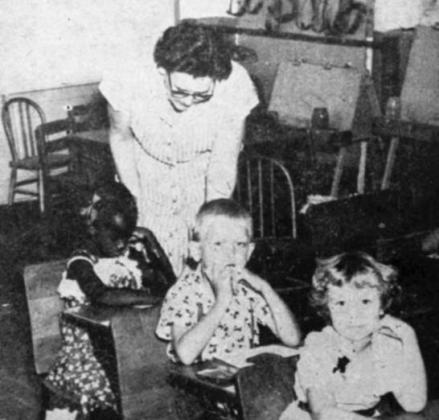Local resident Bruce Johnson had been in Dublin a long time and was a respected mechanic at the Ford Dealership in Dublin, otherwise known as Reid Motor Company. He was respected by his employer and his fellow workers. He was also an overseas veteran of World War II. His daughter turned age six in 1955 and planned on attending the first grade in Dublin elementary school. Brenda was the first black student that our public school system ever had.
The United States Brown vs Education case had worked its way to the U. S. Supreme Court and in May 1954 Judge Earl Warren ruled that having separate schools for blacks and whites was unconstitutional. Before this, desegregation in the U.S. had been started by a ruling by President Truman’s executive order 9981 ordering desegregation of the military in 1948. The Air Force was the first to fully comply with the order. The Army had fully complied by 1954.
In 1955 the Dublin School Board had voted to accept Brenda, the first black student to attend Dublin Schools on a trial basis, but the board was waiting for a Texas Supreme Court decision to allow her to continue with her classmates. The Dublin School Trusties followed a similar action taken by school districts across the state.
On Oct. 12, 1955, the Texas Supreme Court made a final ruling on the case of McKinney vs Blankenship that allowed public moneys to fund desegregated schools. That ruling said segregated schools were not constitutional in the State of Texas. Because of that ruling, Brenda was allowed to continue school with the other students in her class. The Dublin Progress stated she was accepted without distinction by her classmates. Her teacher, Mrs. Grace Nichols said that Brenda Johnson was described as a good student, well behaved and eager to learn.
“Mrs. Fannie Bolinger, grammar school principal said that Brenda Sue has never given trouble of any kind and attending school with white students seemed to be a “prefect situation.” (Dublin Progress, Oct. 14, 1955) Despite everything working as planned, the family moved not long after she started attending school in Dublin. Though the family moved for their own reasons, she made a change in the Dublin Schools that makes accepting students of all colors and national origins an everyday event today.


